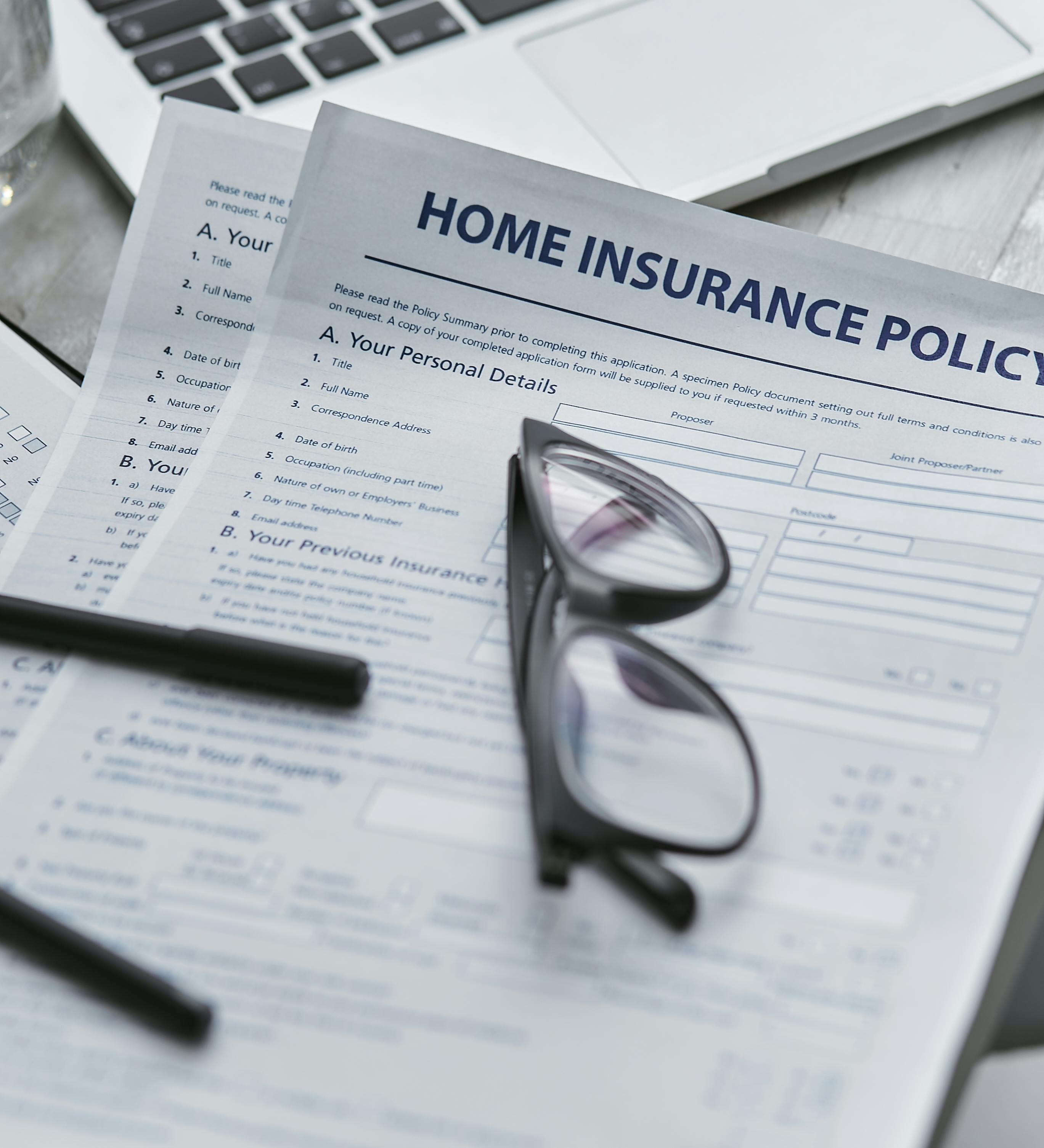Guidelines for Documenting Losses to Improve Recovery Timelines
Clear, consistent documentation of losses helps speed recovery and reduces disputes during insurance claim handling. This article outlines practical steps for capturing evidence of damaged property and assets, preserving records for valuation and liability review, and organizing documentation so that coverage and repair processes proceed more efficiently.

Documenting losses thoroughly and consistently reduces delays when filing claims and coordinating repairs. Effective record-keeping shows the condition of property before and after an incident, supports valuation and liability assessments, and helps insurers and service providers process coverage requests more quickly. The guidance below focuses on practical, verifiable steps you can take to protect assets, clarify perils and risk exposure, and maintain an organized trail of documentation for faster recovery timelines.
How to document property and assets
When recording property and assets after an incident, create an itemized inventory that lists each asset, its location, serial numbers, purchase dates, and original cost where available. Include clear photographs and short video walkthroughs that show the broader context as well as close-ups of damage. Where possible, collect receipts, warranties, and original appraisals to support replacement valuation. Label digital files with dates and descriptive file names and back them up to cloud storage and an offline medium to ensure multiple points of recovery.
What details strengthen coverage and claims
Claims handlers review documentation for consistency and relevance to policy terms. Describe the event succinctly, noting the date, time, and identified peril (for example fire, water intrusion, storm). Record contact details for witnesses, emergency responders, contractors, or repair crews who attended the scene. Keep a chronological log of actions taken, such as temporary repairs or securement measures, with timestamps and costs. Clear, dated records reduce questions about causal links between the peril and the damage, aiding faster decisions on coverage.
How to record perils, risk, and liability
Different perils carry distinct coverage and liability implications. When documenting, specify the suspected cause and any contributing factors—such as maintenance gaps or external forces—and provide supporting evidence like inspection reports, maintenance logs, or weather data. Note any indications that another party may share liability and preserve related correspondence. Avoid speculative conclusions: record observable facts and, if expert opinions are needed, obtain written assessments from qualified inspectors, engineers, or legal advisers to strengthen liability evaluations.
How to document repairs and maintenance
Before authorizing permanent repairs, photograph pre-repair conditions and retain contractor estimates and invoices for all temporary or permanent work. Document the scope of repairs with materials lists and timelines. Maintain copies of maintenance schedules, service contracts, and recent work orders that demonstrate routine upkeep; this information can be relevant to both coverage and valuation. For extensive repairs, request progress reports and interim invoices to create a transparent trail that supports claims for labor and materials.
How to support valuation and inventory accuracy
Valuation is often the core of settlement discussions. Provide market-based evidence—receipts, replacement quotes, current market listings, or professional appraisals—to justify replacement cost or actual cash value positions. Keep a contemporaneous inventory that separates high-value items and includes provenance details for antiques or specialized equipment. When possible, secure independent valuation from licensed appraisers or industry specialists and include their written reports with your documentation to reduce back-and-forth over amounts.
How organized documentation impacts recovery timelines
Insurers and repair providers function more efficiently when documentation is complete and accessible. Use a consistent naming convention and an indexed folder structure (electronic and physical) so reviewers can quickly find photos, invoices, estimates, and correspondence. Timestamped logs and a single point of contact streamline communications. Provide concise summaries alongside detailed files to give reviewers a quick overview while preserving full supporting evidence. Organized records reduce clarification requests, shorten investigation windows, and help coordinate timely approvals for repairs and payments.
Conclusion Structured, factual documentation of losses preserves the condition of assets, clarifies coverage and liability questions, and supports accurate valuation and repair decisions. By inventorying property, capturing evidence of perils, keeping maintenance and repair records, and organizing materials for easy review, property owners and managers can reduce administrative friction and improve recovery timelines without relying on speculative claims or unverifiable statements.





